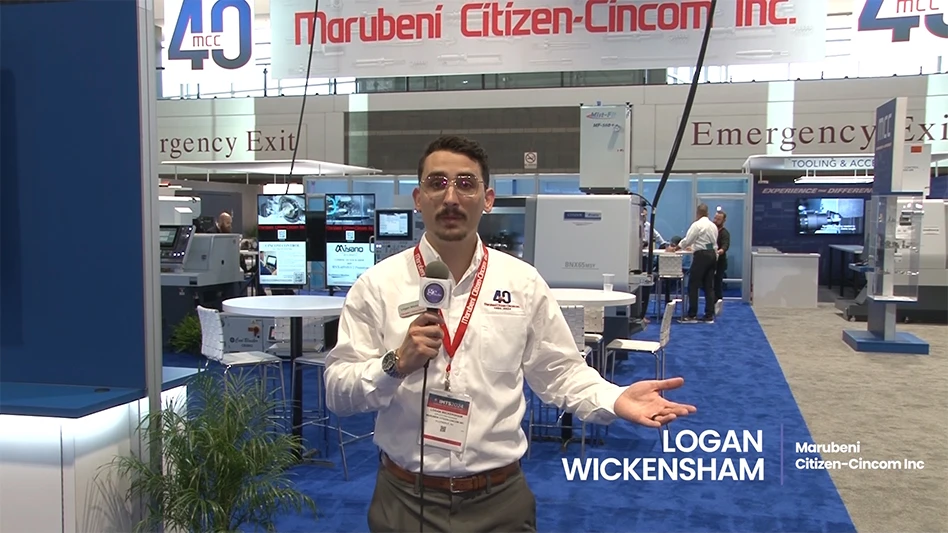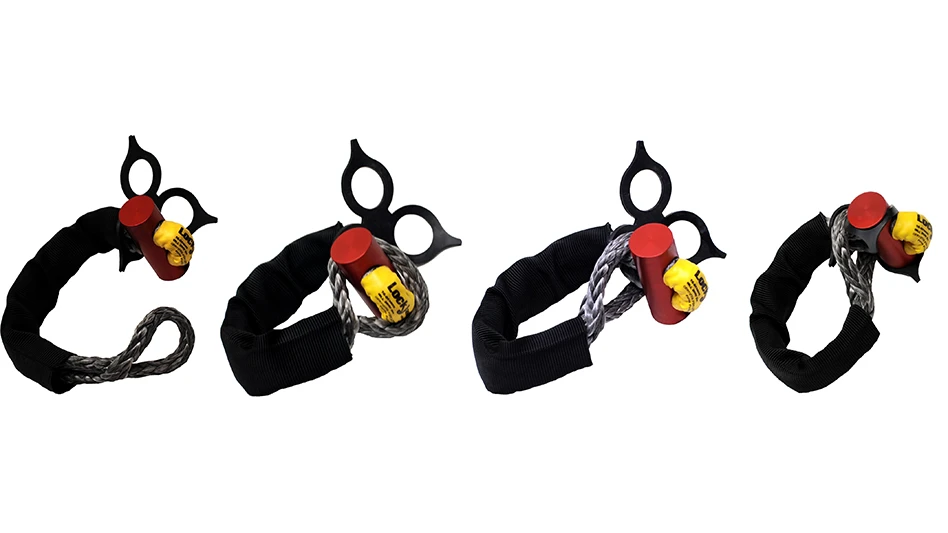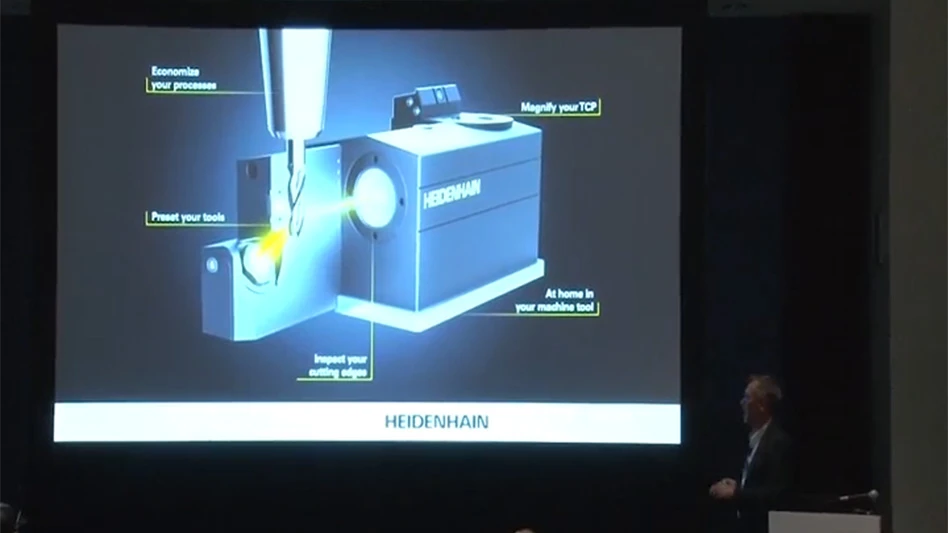
Metal nameplates have communicated essential information about aircraft for as long as planes have been mass-produced. As technology advances, demand and options to mark these components have increased as well.
Ronnie Leone of Emerson’s Rosemount Analytical says during the past 10 years, he has seen an increase in the variety and need for more detail in nameplates. With a growing number of state and federal regulations, in addition to requirements imposed by professional organizations, many aerospace manufacturers need nameplates for more purposes. Nearly endless combinations of materials, printing processes, and fabrication methods are available to meet these needs. Making the right choices, especially when faced with confusing and/or outdated Mil-Specs, can be difficult.

Understandably, nameplates are typically a lower priority when designing or building an aircraft, but taking the time to select the optimal nameplate ensures essential information such as technical specs, serial number, and date and place of manufacture is available when needed. For instance, decades-old wreckage is often identified by nameplates. And every day, nameplates help prevent disasters by instructing, informing, and cautioning product users.
Consider conditions
When asked what is the top priority for nameplates for his company, Leone says, “Quality.” While other industries may be able to place more emphasis on price, aerospace products have little room for error.
Nameplates inside the cabin or cockpit of an aircraft can be screen-printed on aluminum using epoxy inks. It is also possible to screen print onto stainless steel and brass; however, epoxy paint doesn’t typically bond as well as it does to aluminum surfaces.
Nameplates on the exterior of an aircraft or spacecraft, or inside mechanical compartments, have to withstand environments humans can’t, including extreme temperatures, prolonged exposure to sunlight, or contact with oils and chemicals. Chemically etched (acid etched) steel or brass nameplates are often used on internal components.

The most durable and dynamic nameplates are made using Metalphoto, or photo anodizing. Photosensitive anodized aluminum has light-sensitive pores built into the surface of the material that turn black when exposed to light. Rather than printing or etching the metal, the color is impregnated into the aluminum, making the nameplate certified not to fade for more than 20 years of sun exposure and capable of withstanding up to 1,000°F, long-term submersion in salt water, and other stressors. Alkaline cleaners (MILC-87937 or equivalent) for aircraft surfaces are shown to have no effect on anodized aluminum.
Metalphoto also allows for a very high level of detail, with the capability of photo-realistic content. That makes Metalphoto the method of choice whenever a bar code or unique identification (UID) is included in the nameplate.
Mil-Spec madness
There are roughly two dozen military specifications in use today that enumerate government standards for nameplates. These specs cover varying features that may include:
- Materials
- Content (the information that should be included on the nameplate)
- Printing process/marking method
- Fabrication method
- Coating/finishing
- Storage
- Method of attachment
- Performance/durability requirements
Military specifications have been amended and edited by many different people during the past few generations. As manufacturing innovation accelerates, it is difficult for writers of these requirements to keep up at such a granular level. So while this is the very essence of why these were written in the first place, a lot is left open to interpretation.

This ambiguity can distort the competitive landscape of the marketplace. For instance, an estimator at one supplier could interpret Mil-DTL-15024 Class 1 Type 2 one way, and the estimator at a second supplier could interpret the same spec in a way that has a more modest price. This isn’t due to dishonesty, but rather lack of specificity.
One way to be sure you’re accurately comparing prices and getting a part that’s up to spec, is to be aware of which aspects of the nameplate are enumerated in the Mil-Spec, and which are not addressed. Then, ask your suppliers to detail how they will meet the spec. If your drawing includes additional requirements, make sure they don’t conflict with the Mil-Spec.
The most common Military Specifications for marking are:
- MIL-DTL-15024F
- MIL-DTL-1934C
- MIL-A-8625F
- MIL-STD-130M
- A-A-50271
- MIL-P19834B
- GG-P-455B
Specification GG-P-455B, for example, was written in 1967 specifically for photosensitive anodized aluminum (Metalphoto). However, we can now find a much more coherently written spec in MIL-DTL-15024F Type H to represent virtually the same requirements, which was written in 1993. However, many drawings that pre-date the newer spec are still being followed.
The solution that makes the most sense is to find a supplier that has the appropriate industry certifications and have your technical people connect with theirs directly to make sure that you both have the most relevant and current specifications listed at the design stage. It’s also a bonus to find a supplier with an AS quality system in place.
Making a name for yourself
More than 100 years after they were first conceived, nameplates remain an effective way to communicate essential information. Even the most reliable computer, tablet, or smart phone simply isn’t a practical solution for finding critical information at the point of use. However, these devices can be effective when working in conjunction with nameplates displaying barcodes or UID.

Attaching information to the product itself enables traceability throughout complex supply chains, provides quick reference for service, and maintains a record through resale, organizational changes, or disaster. Nonetheless, we sometimes encounter customers who aim to cut costs by eliminating nameplates where not officially mandated or by replacing them with internal label machines, milling and laser marking machines, or stenciling.
While this may seem like a good idea, the results can be unpredictable. Often, the internal marking solutions listed above have limited functionality relative to the harsh conditions that the nameplates are created to withstand. As providers of such a specialized product, nameplate manufacturers have widespread experience with customers and situations of all types.
Willington Nameplate
About the author: Joseph P. White is the business development leader at Willington Nameplate. He may be reached at 877.967.4743 or jwhite@wnpinc.com.

Explore the June 2016 Issue
Check out more from this issue and find your next story to read.
Latest from Aerospace Manufacturing and Design
- Piper Aircraft Inc. achieves AS9100 Certification
- Kyocera SGS' KGZ precision cut-off solutions
- Bridging the Skills Gap: A Solution for Today’s Labor Shortage
- Molex to acquire AirBorn
- Nano Dimension's Exa 250vx digital light processing (DLP) 3D printer
- IMTS 2024 Booth Tour: Fagor Automation Corp.
- How Robotics and Automation are Transforming Manufacturing
- Wichita State’s NIAR delivers fiber metal laminate test panel to FAA





